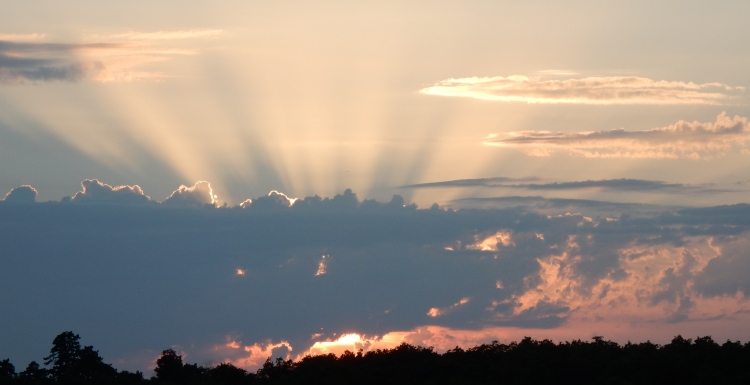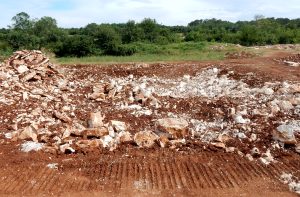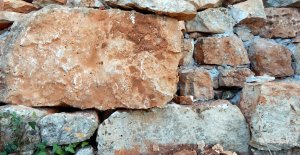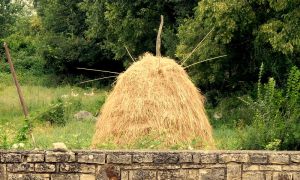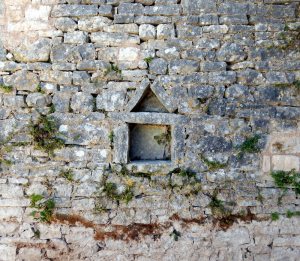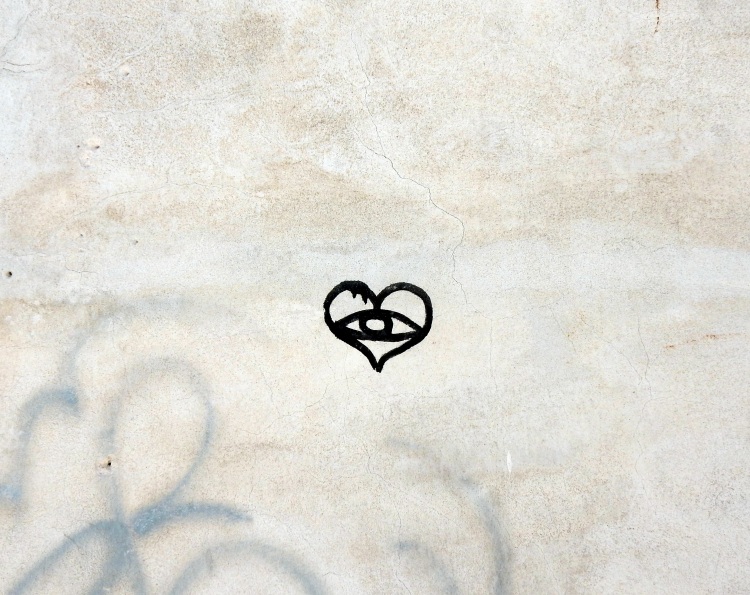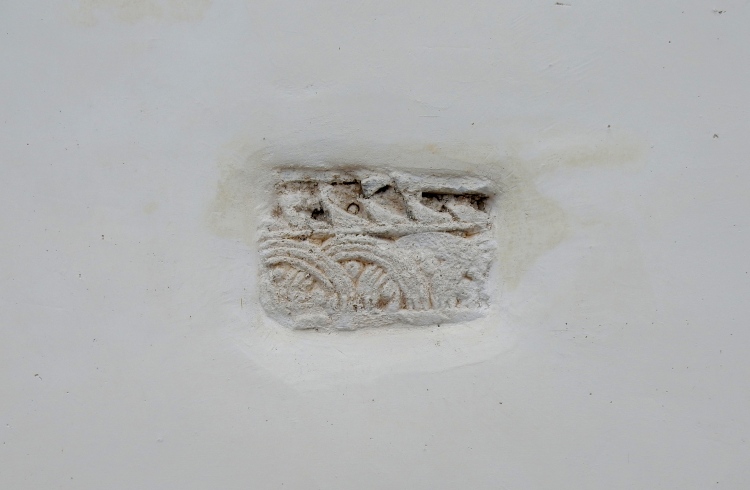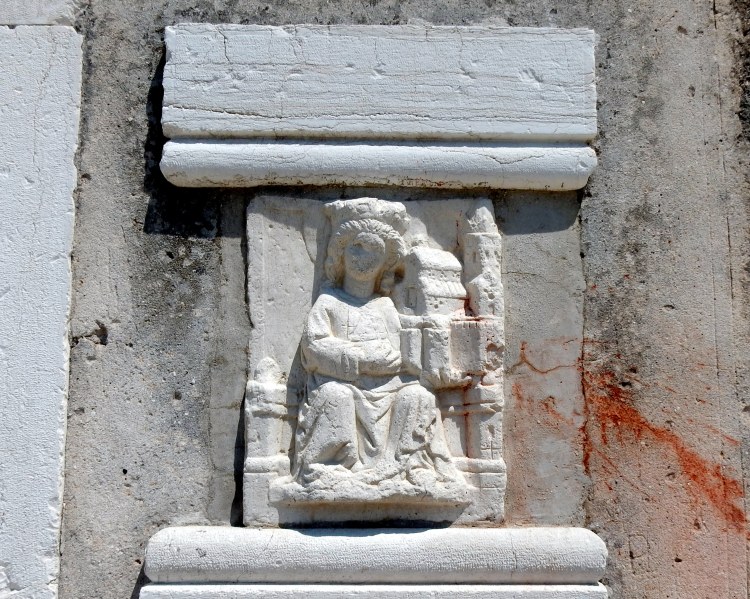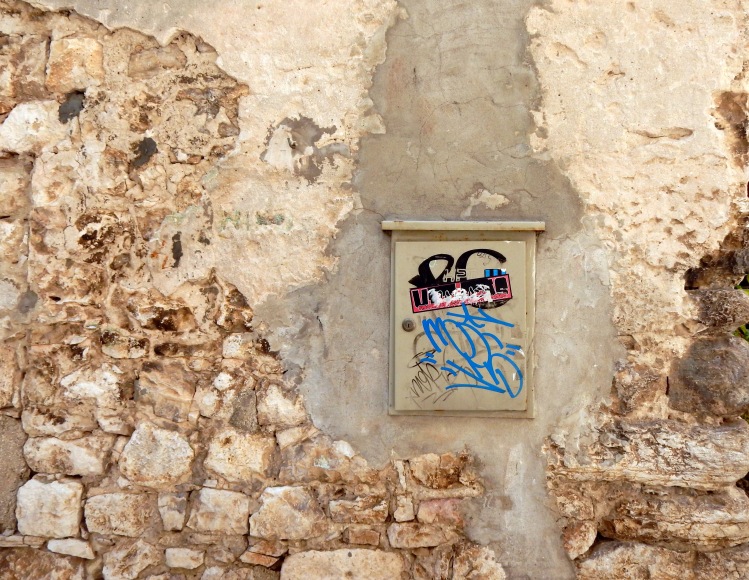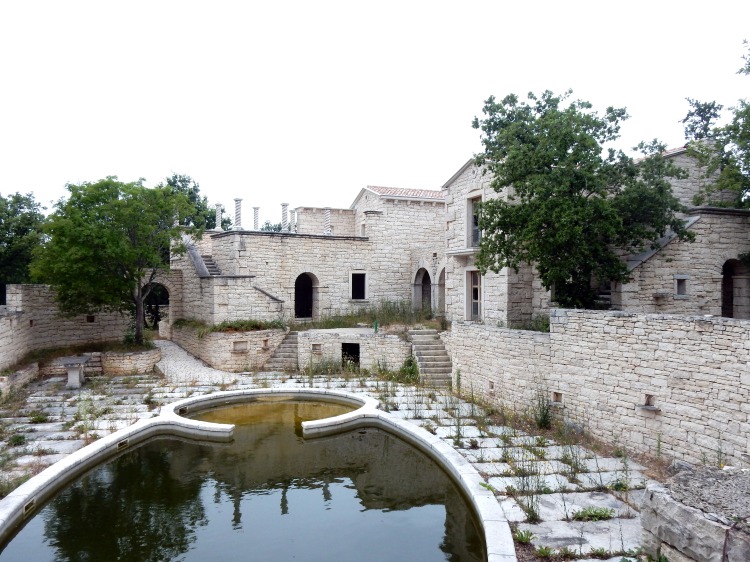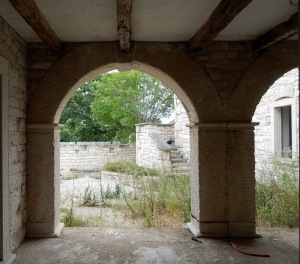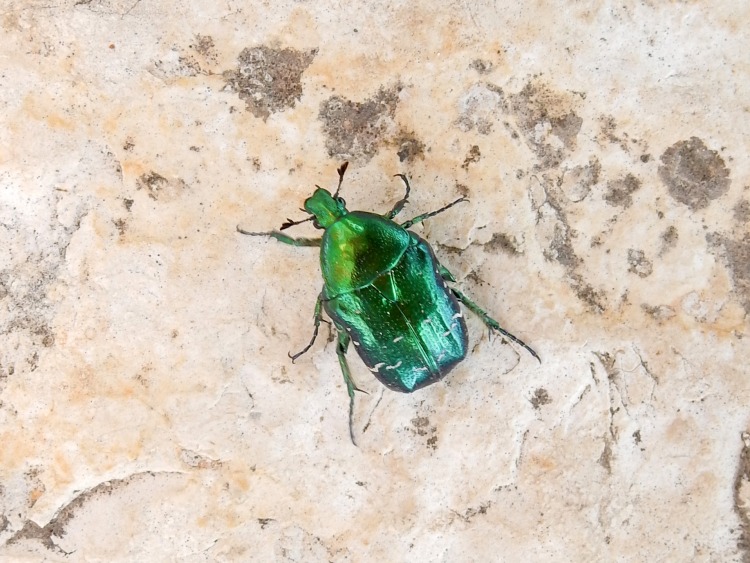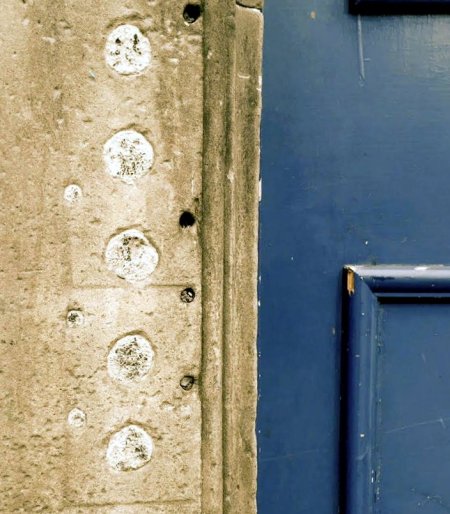Our research unit hasn’t exactly excelled itself. A scribbled address on a torn piece of paper is all that we have:
Communist Literature Depot, 128 Perth Road, Cowdenbeath.
This is the only material link we have to Storione and even then we are not exactly sure of its provenance. Why does Goggle never come up with the really interesting stuff? It’s a good job we still have some real libraries but further research can wait until our walk is over. We want to be open to the signs and an address is enough to get started…
~

We are taking a walk today from Lochgelly, via Lumphinnans, to Cowdenbeath in search of Lawrence Storione, founder of the Anarchist Communist League in 1908. We also intend our drift to act as a ritual exorcism of an article that ‘British travel writer and humorist’ Tim Moore wrote for the Daily Telegraph last year. His piece on Lochgelly and Cowdenbeath subsequently appeared in his book You are Awful (but I Like You). What is curious about Moore’s article is an almost complete lack of engagement with the actual materiality of this specific place. His encounters in pubs, hotels and fast food shops could have happened almost anywhere. (Just change the accents and place names).
Like anyone, Moore is entitled to respond to a place as he sees fit and after all he had a book to flog with a specific agenda: to visit the towns of ‘unloved Britain’. Alongside Lochgelly and Cowdenbeath, Moore turns his c-list, Bill Bryson wit on the likes of Hull, Middlesbrough, Merthyr Tydfil, Nottingham and Rhyl amongst others. The fact that this profound tome ended up in Richard Littlejohn’s ‘Best of 2012’ year end list is probably all you need to know. “A laugh out loud pilgrimage to the most hideous places in modern Britain” says Littlejohn.
So, with regard to Cowdenbeath and Lochgelly, we can understand why he bothered to come, or did he? (How can you not find the football ground in Cowdenbeath?). There is just a slight suspicion that his article may have been written before he even arrived, just looking for some local colour to flesh out his prejudices. Not surprisingly, he ‘found’ what he was looking for which revolves around the fact that Lochgelly is routinely trotted out as the town having the cheapest housing prices in the UK.
The roads were lined with cramped little semis and 1960s bungalows, Britain’s cheapest houses in their flimsy, pebbledashed glory.
All had the kind of scuffed and anonymous front door you could imagine a TV interviewer knocking upon at the end of a quest to track down some forgotten star of yesteryear.
“The Beirut of Fife”
Admittedly, Lochgelly, a mining town that has waxed and waned with the fortunes of the Fife coalfield may be quite a contrast to Mr Moore’s birth town of Chipping Norton. Situated in the parliametary constituency of Witney, it is represented by one Mr David Cameron MP. (This is the stuff you can find on Google). Lochgelly’s housing may also appear relatively cheap in comparison to the cost of Mr Moore’s public school education. At 2012 prices a mere £16,035 per year per student. However, let’s not be too harsh. A mildly humourous hack, hawking cheap laughs at the expense of a place ravaged by industrial decline is hardly worth fretting over. Oh and the word community is not mentioned once in Moore’s article so he must be correct. The value of a place must be correlated to its house prices.
So we are off to take a walk and find out what this area says to us. As with any place we know that there will be stories embedded into the materiality of the buildings, spaces and the ground we walk on. They are out there in the sensory field and we are hopeful some of them may reveal themselves. This is an area that once returned Willie Gallacher as a Communist MP in the House of Commons from 1935 – 1950 and we have already mentioned Storione. Are all of these radical traces gone? Perhaps the ghosts of Little Moscow will reveal themselves to us. Will they have anything relevant to say to us in our present predicament? What of the future? Any insights will be gratefully received.

We convene at The Lochgelly Centre car park and it is a radiant, sun washed morning to set out. On a day like this Mr Moore could have taken himself down the road to experience one of Fife’s outdoor gems: Lochore Meadows Country Park, or The Meedies as it is known locally. A fabulous public space and Outdoor Environmental Education Centre. Not being great respecters of chronological time our own despatch from the Meedies at an uncertain point in time can be found here.
The Lochgelly Centre, reopened last year after a major refurbishment. It’s a fantastic community resource hosting a cafe, art exhibitions, various workshops and classes and a small theatre which hosts travelling companies and facilitates community arts projects . It also programmes film screenings, author readings such as Ian Rankin and Iain Banks and regularly hosts the perennials of the music gigging circuit. We can recall a slightly surreal chat one evening with Colin Blunstone and Rod Argent discussing The Zombies Odyssey and Oracle. We also saw a snarling Hugh Cornwall delivering one of his best post-Stranglers appearances that we’ve seen. These events happen in Lochgelly.
Anyway, we have barely stumbled a few steps from the car park when the ghosts start to whisper in our ears. Also located in the Lochgelly Centre is the Jennie Lee Library, named after one of Lochgelly’s famous daughters. Jennie is keen to tell us two things: How a bursary helped a working class woman go to University and how open access was enshrined in her greatest achievement as Minister of the Arts, The Open University. At the time it was a genuinely radical idea that people could study for a university degree without having any initial qualifications at entry.
“The heroine of the whole story of the OU is Jennie Lee. The idea of it being called the Open University was very much hers”
Lord Asa Briggs.
Jennie Lee was elected as an MP in 1929, becoming the youngest member of the House of Commons. Her maiden speech attacked Churchill’s budget proposals which impressed him so much that he offered her his congratulations after their spirited exchange. Jennie maintained her independence of spirit and mind throughout her life clashing with her husband, Nye Bevan, on several policy issues, notably Bevan’s support of the UK acquiring a nuclear deterrent which Jennie was firmly against.
Our encounter with Jennie Lee and the material presence of a library has already raised our spirits and by word association we recall another notable Lochgelly daughter Jennie Erdal, author of the fascinating memoir Ghosting.
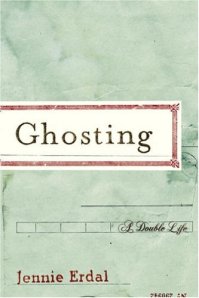
Ghosting combines an account of her early childhood in Lochgelly and of her time employed as the ghostwriter for ‘Tiger’ a charismatic London-based publisher. Her ghostwriting assignments begin with personal letters, business correspondence and newspaper columns but, over time, eventually expand into novels and non-fiction titles. Whilst never named in Erdal’s book, it is clear that ‘Tiger’ is Naim Attallah, owner of Quartet Books, and for many years owner of The Wire – a music magazine dear to the hearts of the FPC. Our library also contains many fine Quartet titles including Arthur Taylor’s Notes and Tones and Val Wilmer’s As Serious as Your Life a ground breaking work on the post-Coltrane, jazz avant-garde. Funny how a walk in Lochgelly (not really even started yet!) has already taken us on a journey from Jennie Lee to Albert Ayler, Sun Ra and The AACM.
 So with the sounds of saxophones ringing in our ears we can also eavesdrop in on a young, 14-year-old, miners son picking up a sax for the first time. A birthday gift from an older brother, who played the trumpet.
So with the sounds of saxophones ringing in our ears we can also eavesdrop in on a young, 14-year-old, miners son picking up a sax for the first time. A birthday gift from an older brother, who played the trumpet.
Joe Temperley, places his fingers tentatively on the keys and blows to make his first sound. A sound that will initiate a journey that leads from Lochgelly to London, with Humphrey Lyttelton, and eventually over the Atlantic to New York and a stint with the Duke Ellington Orchestra.
With all this music ringing in our ears, we better be on our way and commence our drift up Bank Street. However, there must be something in the air today as we are soon distracted by a street sign. Could this be the definitive evidence that confirms Marc Bolan’s debt to Chuck Berry? Get it On was supposedly adapted from Berry’s Little Queenie and here is the evidence: Berry straight to Bolan square(d).
 Can you square a riff? We would like to think so.
Can you square a riff? We would like to think so.
As an aside, we had previously posted this photo on Twitter and off it went into the virtual ether. It soon returned like a digital boomerang with a note from T.Rextasy – The World’s Only Official Tribute to Marc Bolan and T Rex. They have played Lochgelly Centre a number of times and had also noticed the sign but had never managed to take a photo.
Lochgelly’s Bank Street/Main Street is the sort of place which capital has forgotten. In some ways this makes a refreshing change from the identikit, cloned high streets of more ‘prosperous’ towns full of the same old chain stores. There is a range of independent shops and a Co-op supermarket, which, despite its ethical credentials has been the subject of some disgruntled comments in the local press about high prices and abuse of their monopoly position. The buildings of Bank Street are solid and redolent of more prosperous days. The Cinema De-Luxe building, now a shop/office, retains a faded art-deco charm and you can transport yourself back to its luminous glory, offering up enticing wares of cinema, wrestling and dancing.
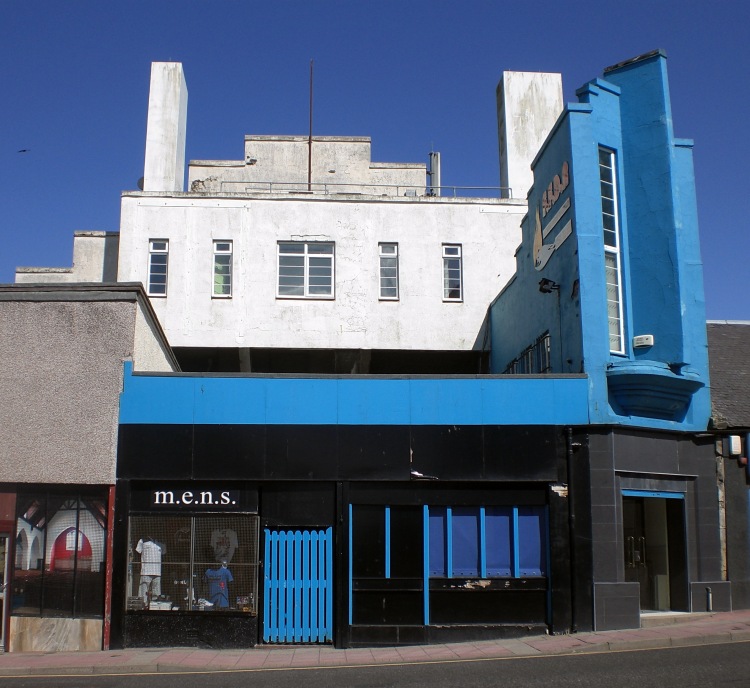
Around the corner, in Main Street stands the recently restored and still magnificent Miners Institute.
 This building is now used as the Fife Women’s Technology Centre, an award winning community based learning centre that has been providing training in new technology to unemployed women since 1990.
This building is now used as the Fife Women’s Technology Centre, an award winning community based learning centre that has been providing training in new technology to unemployed women since 1990.
Next door is the new Ore Valley Business Centre a state-of-the-art business centre aimed at helping start-up businesses in Fife to grow. The building has been designed to be highly energy-efficient, maximising solar gain and environmental management technology to keep the building’s energy requirements to a minimum.
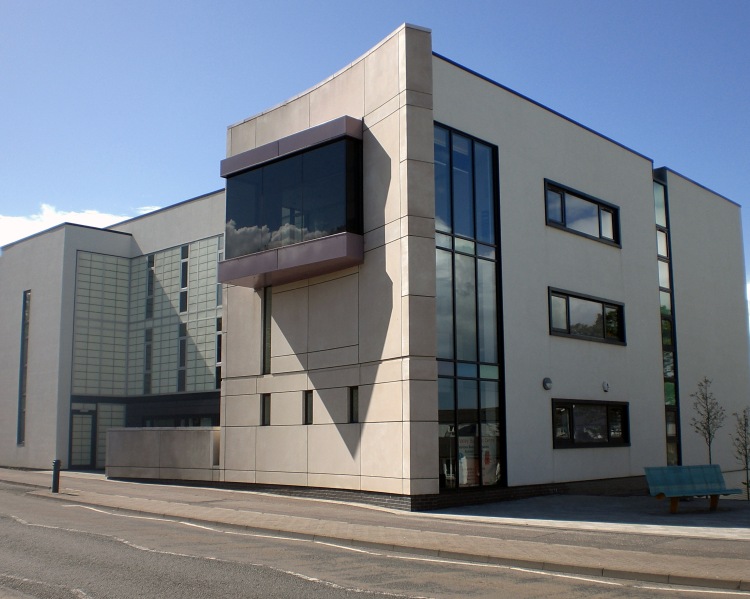
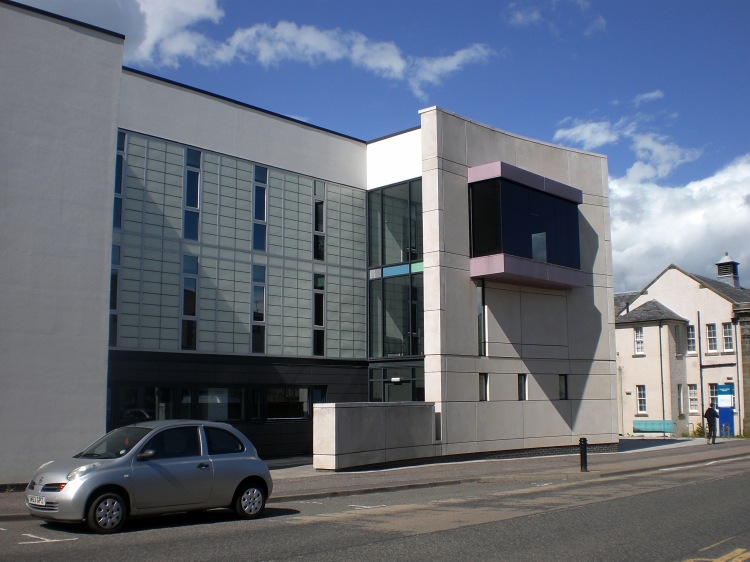 In these two buildings alone is evidence of some of the good work going on to improve Lochgelly today and build towards the future. Like many of the towns and villages around this area, they prospered with the deep mining of the Fife coalfield but suffered disproportionately when the industry began to decline and was eventually delivered a terminal bullet from the Thatcher government. We are reminded of Patrick Geddes’s inter-linked triad of Place Work and Folk. Is it any wonder that when ‘work’ is withdrawn, almost wholesale from an area, that Place and Folk suffer?
In these two buildings alone is evidence of some of the good work going on to improve Lochgelly today and build towards the future. Like many of the towns and villages around this area, they prospered with the deep mining of the Fife coalfield but suffered disproportionately when the industry began to decline and was eventually delivered a terminal bullet from the Thatcher government. We are reminded of Patrick Geddes’s inter-linked triad of Place Work and Folk. Is it any wonder that when ‘work’ is withdrawn, almost wholesale from an area, that Place and Folk suffer?
At the side of the Miners Institute is a sculpture called The Prop by the celebrated artist David Annand. Annand’s other many notable works includes the statue of poet Robert Fergusson, outside the Canongate Church in Edinburgh, and Turfman, a collaboration with Seamus Heaney.
The Prop portrays a lone miner propping up, or holding on, to six stainless steel forms, representing pit props? A reminder of the town’s mining heritage but an addition to a new sense of place in its own right. This is not monumental art. It quietly invites you to spend time with it. Walk around the space to catch the light fracturing off of the shining stainless forms and it’s then you notice that each column has a line of poetry engraved in to it. We subsequently learn that the poem God is a Miner is by local poet William Hershaw.

The miner looks as if he has just emerged from a coal seam, rough-hewn from deep time. Absorbing light into solid form in contrast to the sleek, reflective stainless steel.

~

“The radicalism of Little Moscow developed out of a struggle to maintain and improve the basic conditions of life.”
Stuart MacIntyre
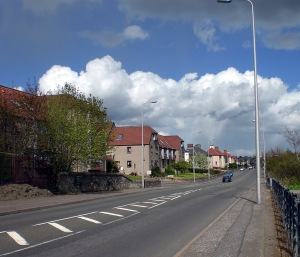 We now heading down the long ribbon strip that connects Lochgelly with Cowdenbeath but is actually called Lumphinnans. There is housing down the north side of the road and an impressive cryptoforest to the south with a golf course beyond. Were you to pass through this area today it may not be immediately apparent that this was once the beating heart of Little Moscow. An area that elected Willie Gallagher, a Communist, as Member of Parliament for West Fife from the period 1935 – 1950.
We now heading down the long ribbon strip that connects Lochgelly with Cowdenbeath but is actually called Lumphinnans. There is housing down the north side of the road and an impressive cryptoforest to the south with a golf course beyond. Were you to pass through this area today it may not be immediately apparent that this was once the beating heart of Little Moscow. An area that elected Willie Gallagher, a Communist, as Member of Parliament for West Fife from the period 1935 – 1950.
Little Moscow was a term applied to a small number of towns and villages in the UK that appeared to hold extreme left-wing political values. In Scotland there was Lumphinnans and Vale of Leven, England had Chopwell and there was Maredy in Wales. The term was initially used as a term of disparagement by the popular press but then reclaimed as a ‘badge of honour’ by the local communities. Many of the areas that would later be dubbed ‘Little Moscows’ had earlier in the century attempted to find alternatives to the state sanctioned capitalist system.
In Lumphinnans, one of the key instigators was Lawrence Storione who arrived in the village in 1908. Storione was born in Italy in 1867 in the French-speaking area of Valle d’Aosta and later worked as a miner. It appears that he was introduced to anarchism by the noted French geographer and anarchist Élisée Reclus, who was lecturing at the University of Brussels. (Incidentally, Elisee and his brother Élie were friends of Patrick Geddes and attended Geddes’s International Summer Schools in Edinburgh, as did Peter Kropotkin). Due to his anarchist activities, Storione was forced to flee France disguised as a woman and he arrived in Scotland in 1897, working in the mines of Ayrshire and Lanarkshire. After an aborted trip to Canada he returned to Scotland in 1908 where he settled in Lumphinnans and took up employment at the No 1 pit. His arrival at Lumphinnans had consequences for revolutionary ideas among the miners in that area and he soon set up the Anarchist Communist League which, according to Stuart MacIntyre: “preached a heady mixture of De Leonist Marxism and the anarchist teachings of Kropotkin and Stirner.” Among those who appeared to have joined the League were the miners Abe and Jim Moffat and Robert (Bob) Selkirk. All three were to join the Communist Party in 1922, Abe Moffat having an important position within it and Selkirk serving as a Communist Party town councillor in Cowdenbeath for 24 years. The League set up a bookshop in 1916 in nearby Cowdenbeath at 128 Perth Road – which is where we are headed today. It sold titles such as Kropotkin’s Mutual Aid, Stirner’s The Ego and His Own, and De Leon’s Two Pages From Roman History and other anarchist literature.
Storione married Annie Cowan in 1900 and their children could only grow into their names: Armonie, Anarchie, Autonomie, Germinal and Libertie! The sole exception to these revolutionary appellations was his daughter Annie who was a leading light in a Proletarian Sunday School in Cowdenbeath. Sunday evening meetings were held at which notable activists such as Willie Gallagher, John McLean, and Jack Leckie came to speak.
It’s an enjoyable walk in the sunshine and it looks like a straight road towards Cowdenbeath, unbroken by housing when as if out of nowhere we are forced to drift from the main road by a sign:

A small road leads off to the right and in seconds, our landscape has completely changed. An open road stretches out ahead with spectacular vistas over to Benarty Hill and The Bishop. Old style telegraph poles whistling in the light wind appear to be humming a chorus of Wichita Lineman and we wonder whether we have stepped through a portal to the American mid-west.

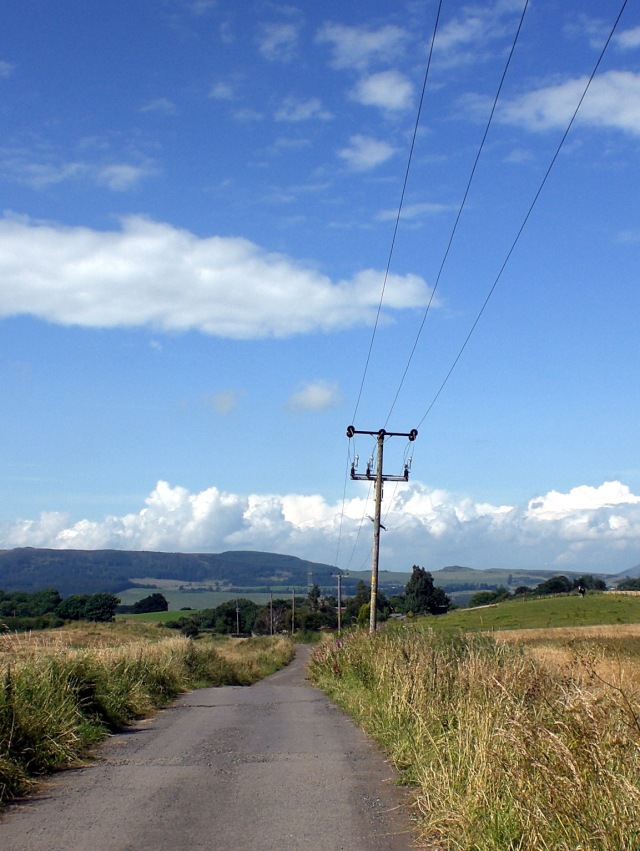 Our thoughts of Franco-Italian anarchists are derailed for a while until we recall the high correlation between anarchists and geographers. The land has always been important to the anarchist.
Our thoughts of Franco-Italian anarchists are derailed for a while until we recall the high correlation between anarchists and geographers. The land has always been important to the anarchist.
We subsequently come across the story of Lumphinnans NoXI mine which we guess was North West from here and was called the Peeweep pit as the miners could always hear the sound of Lapwings as they walked to work.
We also add to our collection of single-item, lost footwear.
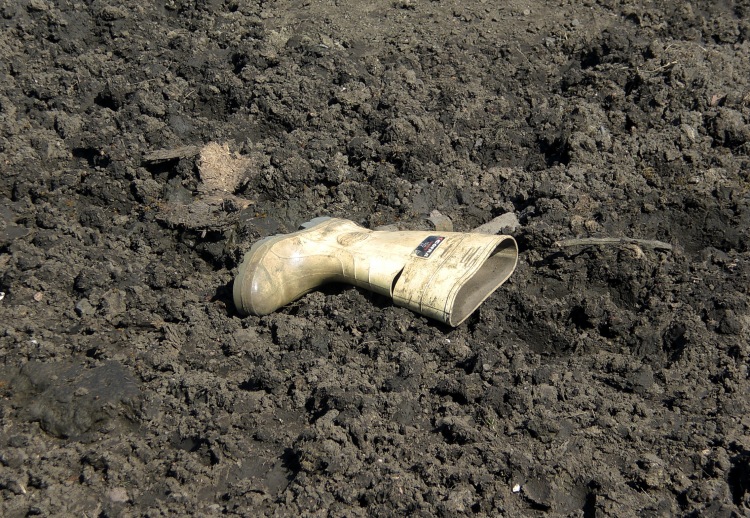
After our detour we are looking for any signs that remain of Little Moscow. The most obvious traces are to be found in the street signs: Gagarin Way and Gallacher Place.
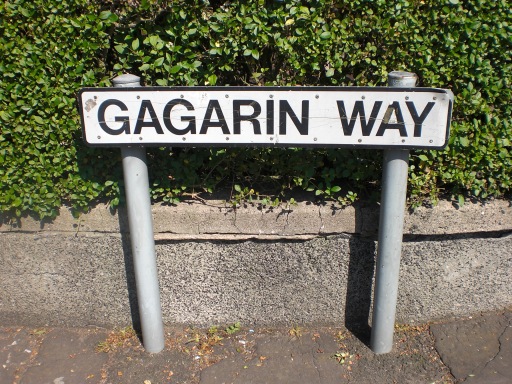
Named after Yuri Alekseyevich Gagarin, the first human to journey into outer space and hero of the Soviet Union:
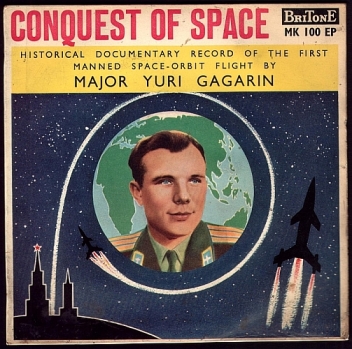
This street also gave the name to Gregory Burke’s debut play which is perhaps a useful corrective to avoid becoming too nostalgic and romantic about institutionalised, political rhetoric of any persuasion.

We invoke the ghosts to tell us anything that may be of use to us. Rather than deliver any political sloganeering Willie Gallagher tells us a story, or more like a scene from a play. It concerns the incident of a 12 year old girl brought before the Communist baillie, Jimmie Stewart for stealing a bag of coal:
Stewart: How auld are ye lassie?
Girl: Just twal sir
Stewart: How auld is yer wee brother?
Girl: He’s eight
Stewart: It was gey cauld last week?
Girl: Aye, it was gey cauld
Stewart: Did ye take the coal hen?
Girl: Aye
Stewart: Muckle?
Girl: Just a bucketful
Stewart: Did ye take the coal to make a fire for your wee brother?
Girl: Aye
Stewart: What ye did was richt. Charge dismissed. (1)
A more postmodern take on street names can be found with Robert Smith Court. Anyone spending time in the towns an villages of West Fife will notice that there a large number of pubs called The Goth. (after The Gothenburg System). It therefore only appears fitting that there should exist a commemoration of the uber-goth himself in this street sign. We are surprised that it has not become more of a shrine. Perhaps a few stuffed, cuddly Love Cats would be appropriate although, there is the small beginnings of A Forest.*

We have almost reached Cowdenbeath, when another sign whispers to us:

The WEA (Workers’ Educational Association) was founded in 1903 and is the UK’s largest voluntary sector provider of adult education. In many ways it was a forerunner of the Open University.
We are transported to last years summer holiday when we visited the Hepworth Gallery in Wakefield. Showing alongside Richard Long’s artist room was Luke Fowler’s film: The Poor Stockinger, The Luddite Cropper and the Deluded Followers of Johanna Southcott.
Fowler’s film focuses on the work of historian E.P. Thompson, who was employed by the WEA to teach literature and social history to adults in the industrial towns of the West Riding of Yorkshire. Like the Open University this was an opportunity to provide classes to people who had historically been unable to access a university education.
The film uses archive and contemporary footage to portray a moment of optimism in which E.P Thompson’s ideas for progressive education came together with a West Riding tradition of political resistance and activism. In many ways you can feel the bonds of solidarity stretching from the Little Moscow of Fife to the West Riding of Yorkshire.
And so we reach Cowdenbeath and it’s not too difficult to locate Perth Road. 128 is what our scribbled piece of paper says. Will there be any sign from Storione?
It’s not looking too hopeful as it soon becomes clear that the buildings are residential terraced houses probably built in the 1960s/70s. We soon track down No 128 although there is no obvious trace of The Communist Literature Depot having existed.

The calendars does not measure time as clocks do. They are monuments of a historical consciousness of which not the slightest trace has been apparent in the past hundred years.
A historian […] stops telling the sequence of events like the beads of a rosary. Instead he grasps the constellation which his own era has formed with a definite earlier one. Thus he establishes a conception of the present as the ‘time of now’ which is shot through with chips of Messianic time.
Walter Benjamin, Theses on the Philosophy of History
Perhaps it is enough to know that Storione’s bookshop may have once existed here and now resides within this little collective of numbers. A radiating form of energy that once rippled through the ether of Little Moscow and now lies awaiting its Messianic moment.
Tim who?
~~~
Now Playing: Dick Gaughan – A Handful of Earth
(1) This is an actual transcript recorded in Stuart MacIntyre’s book.
* The real Robert Smith was also a Communist councillor and appears to have suggested the proposal to name Gagarin Way.
References:
Walter Benjamin, ‘Theses on the Philosophy of History’, 1940, in Tasmin Spargo, (ed), Reading the Past (London: Palgrave, 2000).
Nick Heath, Lawrence Storione 1867 – 1922, on Libcom.org: http://libcom.org/history/storione-lawrence-1867-1922
William Kenefick, Red Scotland! The Rise and Fall of the Radical Left, c. 1872 to 1932 (Edinburgh: Edinburgh University Press, 2007).
Stuart Macintyre, Little Moscows : Communism and working-class militancy in inter-war Britain (London: Croom Helm, 1980).
Tim Moore, You Are Awful (But I Like You): Travels Through Unloved Britain (London: Jonathan Cape, 2012).
Neil C. Rafeek, Communist Women in Scotland: Red Clydeside from the Russian Revolution to the End of the Soviet Union (London: I.B.Tauris, 2008).
